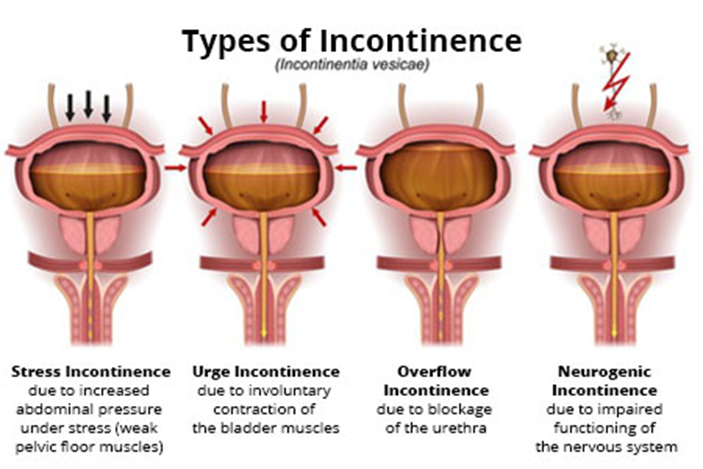A client who has a compound fracture of the right tibia has a long-leg fiberglass cast. To reinforce teaching for the client about how to observe and manage his fracture at home, the nurse should include which of the following instructions?
Use a blow dryer on a moderate heat setting to dry the cast after showering.
Use a cotton swab to relieve itching under the cast
Report any worsening or unrelieved pain.
Avoid moving the affected leg.
The Correct Answer is C
A. Use a blow dryer on a moderate heat setting to dry the cast after showering.
This is not recommended as using a blow dryer on a cast can cause burns. Instead, the cast should be allowed to air-dry or be dried with a fan.
B. Use a cotton swab to relieve itching under the cast.
Inserting objects, including cotton swabs, under the cast can lead to complications such as infection or skin damage. It is not recommended to insert anything into the cast.
C. Report any worsening or unrelieved pain.
This is the correct instruction. Persistent or increasing pain can indicate complications such as swelling, infection, or neurovascular compromise. It is important for the client to promptly report any changes in pain to healthcare providers.
D. Avoid moving the affected leg.
While it's important to limit movement to allow for proper healing, complete immobilization can lead to joint stiffness and muscle atrophy. Gentle range-of-motion exercises for non-weight-bearing areas may be encouraged, but any specific movement instructions should be provided by the healthcare provider. If movement causes significant pain or discomfort, the client should consult the healthcare provider.
Nursing Test Bank
Naxlex Comprehensive Predictor Exams
Related Questions
Correct Answer is C
Explanation
A. Remind the client to tell the nurse when he has to urinate.
Reminding the client may not be effective, as individuals with dementia may have difficulty expressing their needs or may forget to communicate when they need to use the bathroom. It relies on the client's ability to remember and communicate.
B. Use adult diapers to prevent frequent clothing changes.
While adult diapers can be part of a comprehensive plan for managing incontinence, they should not be the sole intervention. Relying solely on diapers does not address the underlying causes of incontinence and may not promote optimal dignity and quality of life.
C. Take the client to the bathroom on an every-2-hr schedule.
This is the correct choice. Taking the client to the bathroom on a regular schedule (timed voiding) is a proactive approach to managing urinary incontinence in individuals with dementia. It helps reduce the likelihood of accidents by ensuring regular opportunities for toileting.
D. Request a prescription for an indwelling urinary catheter.
Indwelling urinary catheters are generally not recommended for managing routine urinary incontinence due to the associated risks, including infection. Catheters should be used judiciously and based on medical necessity.
Correct Answer is A
Explanation
A. Stress incontinence
Stress incontinence is the involuntary loss of urine during activities that increase intra-abdominal pressure, such as sneezing, coughing, laughing, or lifting heavy objects. In stress incontinence, the pelvic floor muscles are weakened, leading to inadequate support of the bladder and urethra. This results in leakage of urine during moments of increased pressure on the bladder.
B. Urge incontinence
Urge incontinence involves a strong and sudden urge to urinate, leading to involuntary urine loss. It is often associated with an overactive bladder and may not be related to increased abdominal pressure.
C. Overflow incontinence
Overflow incontinence occurs when the bladder is unable to empty completely, leading to constant dribbling of urine. It is often associated with conditions that obstruct urine flow, such as an enlarged prostate in men.
D. Reflex incontinence
Reflex incontinence is characterized by the involuntary loss of urine due to a reflex arc that bypasses normal control mechanisms. It is often associated with neurological conditions that affect bladder control.

Whether you are a student looking to ace your exams or a practicing nurse seeking to enhance your expertise , our nursing education contents will empower you with the confidence and competence to make a difference in the lives of patients and become a respected leader in the healthcare field.
Visit Naxlex, invest in your future and unlock endless possibilities with our unparalleled nursing education contents today
Report Wrong Answer on the Current Question
Do you disagree with the answer? If yes, what is your expected answer? Explain.
Kindly be descriptive with the issue you are facing.
